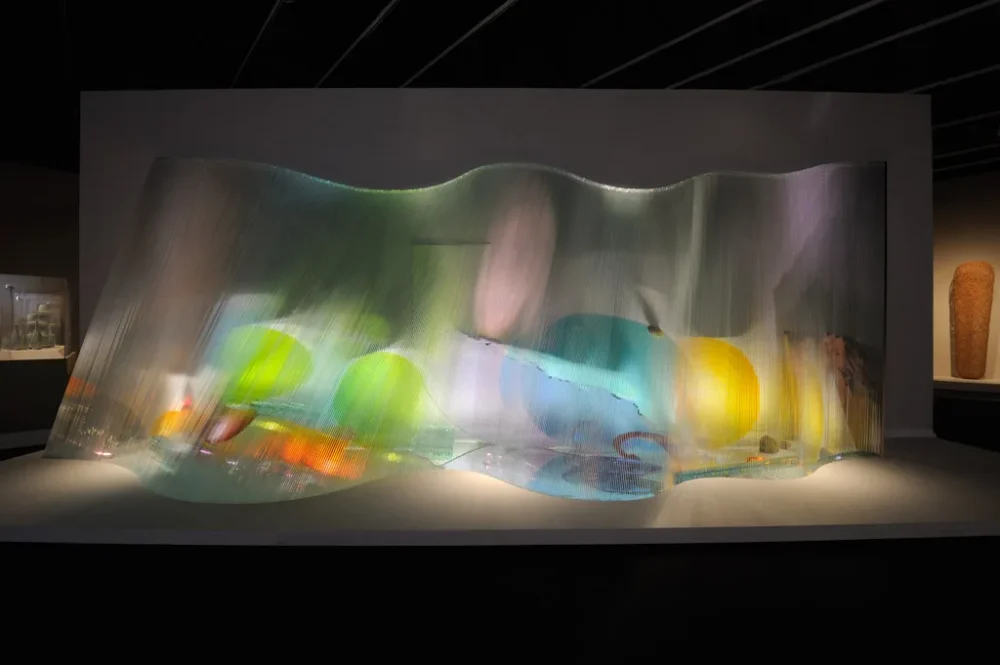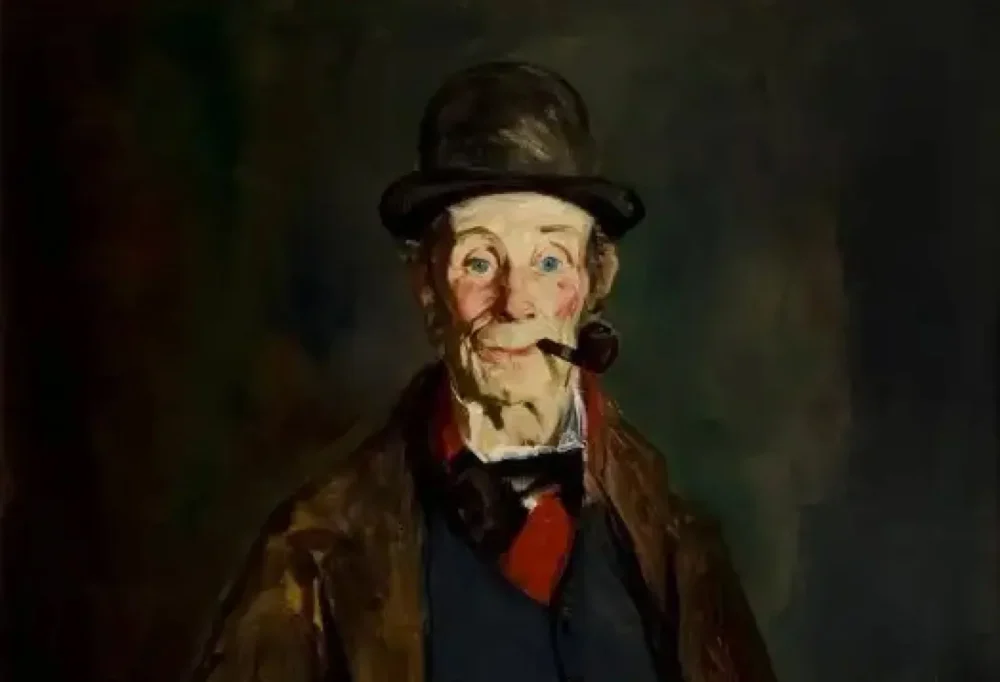North Carolina Pottery, Then and Now
August 17, 2013 - July 3, 2016
Mint Museum Randolph
Through Friday, April 26, the outbound lanes of the Levine Center for the Arts parking garage main exit will be closed. Parkers will need to exit the garage at the South Church Street exit.
August 17, 2013 - July 3, 2016
Mint Museum Randolph
From the earliest decades of the nineteenth century regions of North Carolina emerged as key centers of pottery production.
Randolph, Moore, and Chatham Counties in the Eastern Piedmont developed strong ceramics traditions, with potting families like the Foxes and the Websters creating well-crafted, utilitarian vessels in salt-glazed stoneware. Farther west, the Catawba Valley counties of Lincoln and Catawba developed their own notable ceramics traditions, with the Seagles, Hartsoes, and other potters making storage jars and jugs in ash-glazed stoneware. The ash-glaze tradition was kept alive in the twentieth century by Burlon Craig and his followers.
Buncombe County in the Blue Ridge Mountains became an important center of pottery production in the first decades of the twentieth century, thanks especially to Walter Benjamin Stephen and Oscar Bachelder. In the mid-1900s, Lee County became home to many highly skilled potters, such as Jonah Franklin Owen and Arthur Ray Cole. These potters focused on creating beautiful objects for the home.
Today all of these counties and many more throughout the state boast the presence of skilled craftsmen within their borders. These potters share the same devotion to their craft as the state’s previous generations of craftsmen did, thus ensuring that North Carolina continues to be one of the most highly respected areas for ceramics in the country.
The Mint Museum has been collecting the work of North Carolina potters since 1937, and now holds the widest array of North Carolina pottery of any museum in the world. North Carolina Pottery, Then and Now features works drawn entirely from the museum’s permanent collection.
Organized by The Mint Museum.

Permanent Collection
Mint Museum Uptown

Permanent Collection
Mint Museum Uptown